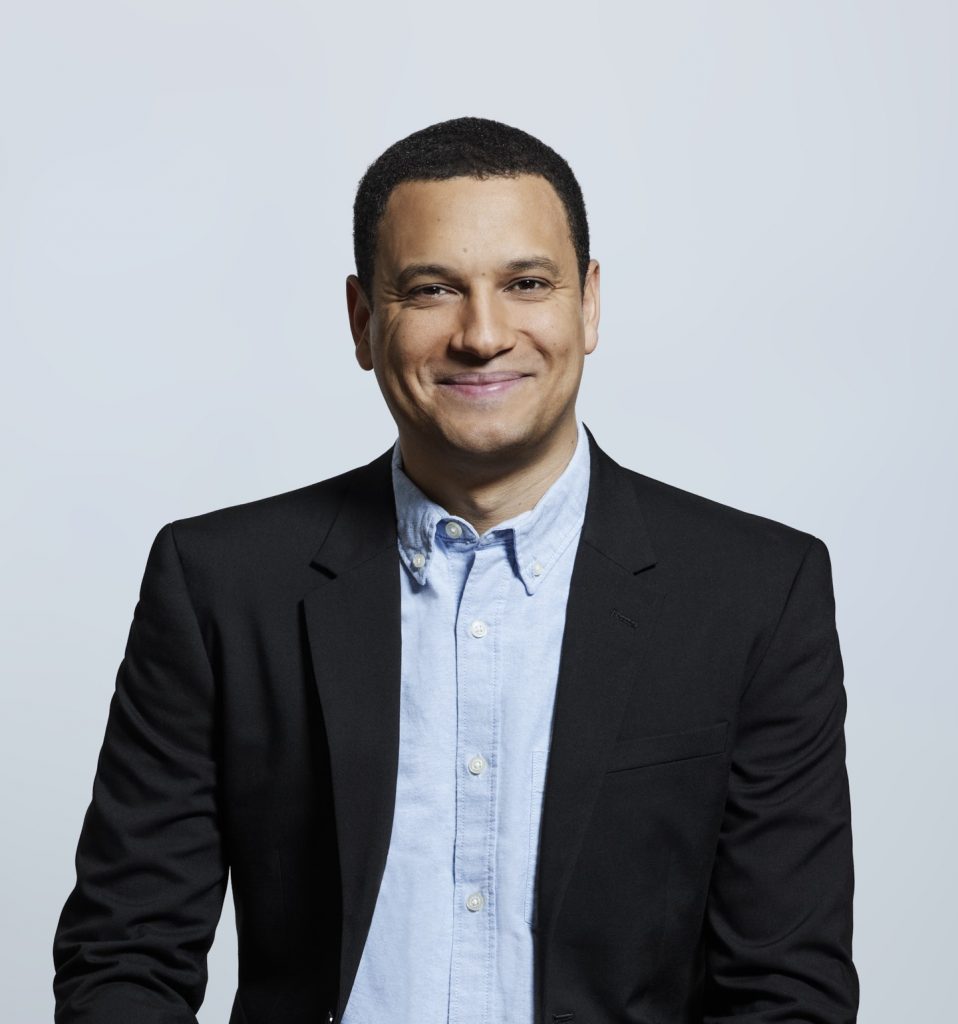In recent years, L’Oréal has positioned itself as a “technology company” rather than a “cosmetics company.” The company uses AI to develop products, create coaching platforms, and fuel internal brainstorming. However, it draws a clear line when it comes to using generative AI to create public-facing advertising content: that’s a no. Marc Dicko, Chief Digital and Marketing Officer at L’Oréal Canada, explained how the cosmetics giant uses AI in marketing.
Since the launch of ChatGPT in November 2021, companies have been racing to find ways to leverage this technology. And L’Oréal is no exception. The French company is working on various generative AI projects, including an internal one named the Gen AI Content Lab.
“We are a company that generates hundreds of thousands of pieces of content per year, product pages, pack shots, and written content,” Marc Dicko explains. “Creativity is one of our three competitive advantages [along with science and technology]. In a way, it’s L’Oréal’s secret sauce. If we are the number one in beauty today, it’s because we are one of the best marketing companies in the world.”
To support its marketing machine, L’Oréal has enlisted the help of generative AI by developing an internal platform in partnership with WPP (advertising) and NVIDIA (graphics cards). A virtual agent like ChatGPT, but “homemade.”
“We created a platform specific to L’Oréal because we want to create AI models specialized in beauty. Ultimately, we can imagine putting 50 years of beauty experience into our model: all the articles we’ve written, our patents, our scientific research; and then, we can ask marketers to connect to it and create their content.”
A “Moral” Stance
The virtual agent is used in a very specific context: for reflection, briefs, and brainstorming.
“Our marketers have a lot of ideas,” says Marc Dicko. “When developing a campaign, we can spend weeks discussing with an agency to explain what we are looking for. Now, we use Gen AI to provide storyboards, mockups, drafts, or visuals for the agency brief.”
Ultimately, L’Oréal adheres to “one rule” surrounding this tool: not to use it to create content that will be disseminated to the public.
“For us, it’s an ethical, even moral, position. L’Oréal refuses to create AI-generated visual content for the public. We will never use AI to create an image and put it in an advertising campaign or on our websites. Our photos aim to show the effectiveness of our products. So, if we start using fake photos, we enter a marketing hole we don’t want to touch. That’s the limit we set.”
With the current AI hype, it is interesting (and reassuring!) to see a brand setting boundaries on its use of generative AI.




